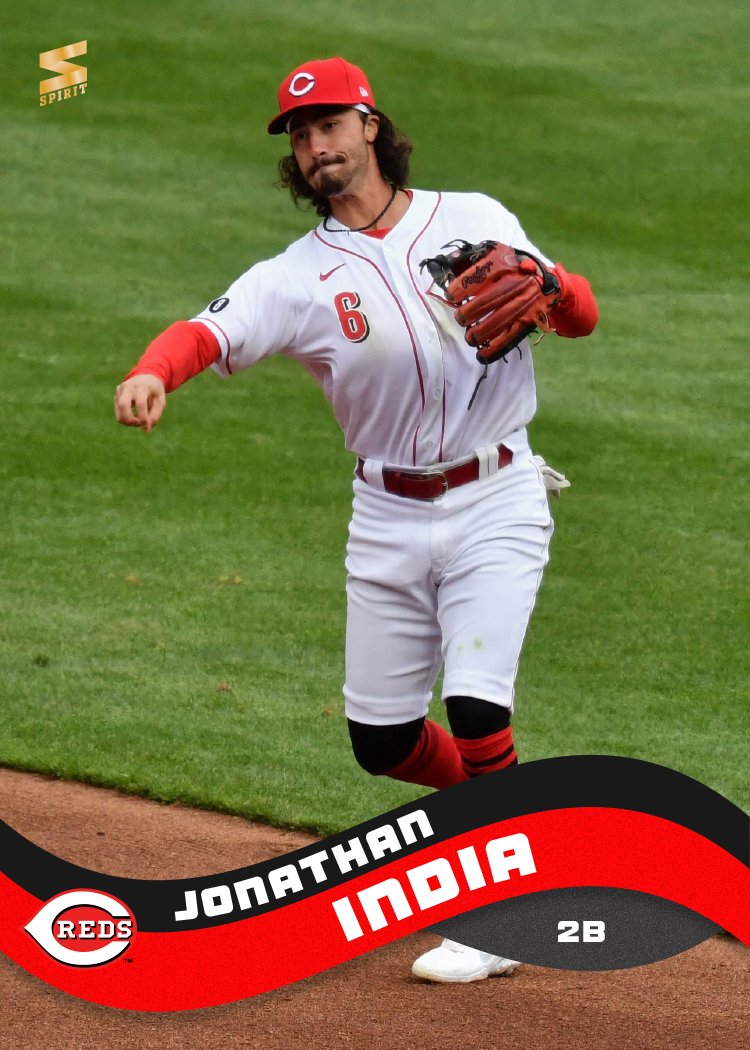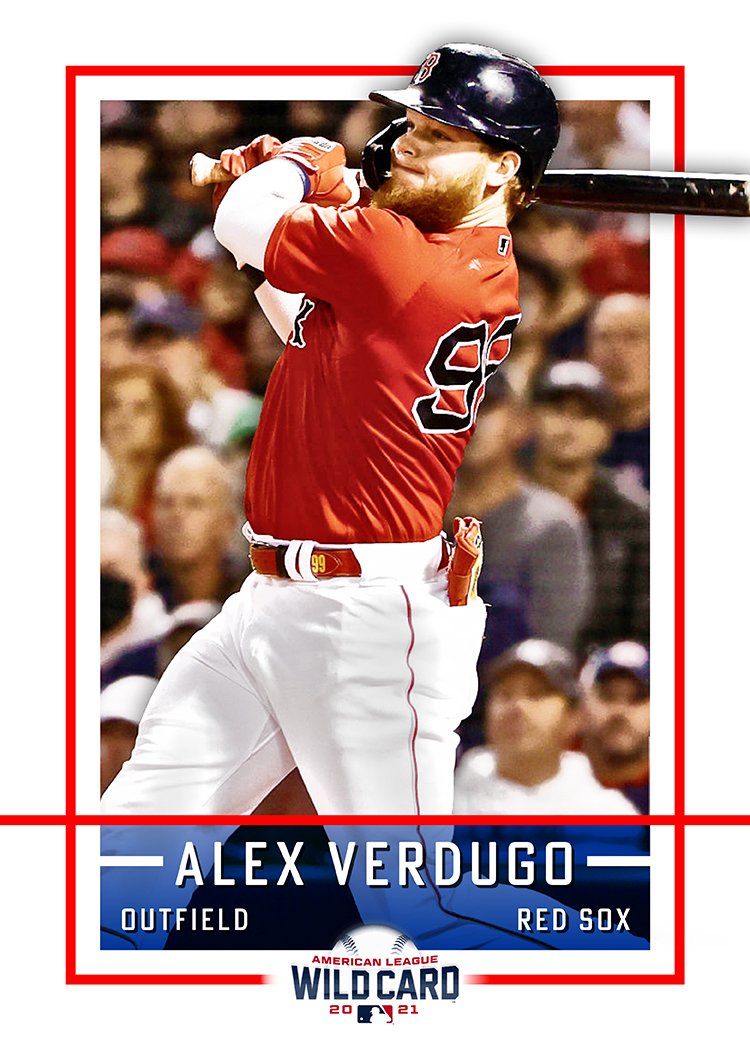We’re less than a week away from the actual Opening Day for the 2022 season. It’s been a long and tenuous journey but we’re finally (almost) there. A couple months ago, when the lockout was crushingly rolling along, I was desperate from some positive baseball vibes and posted my initial ideas for the 2022 Spirit Base set design.
Since I was a bit on the fence about which design worked best as the continuation of the Spirit “brand” I had established for a whole damn decade now, I also put out a call for feedback which was thankfully received. Even though the design that people had the most enthusiasm for wasn’t the one I ultimately ended up choosing, it was still a valuable exercise. It helped confirm for me which design I thought worked best but also moved me to make some tweaks that I resulted in a better final product.
I went with the “metal tabs” because it simply looks the most “Spirit” in my mind. Colorful, clean design elements, full-bleed photos, team logos, and all the pertinent information presented in a concise, satisfying manner. The aforementioned tweaks are subtle but definitely an improvement. If you need help, I extended the bar holding the player’s first name all the way to the left edge, adding a little bit of a two-tone look. The other one is the dark screened bar on the bottom right that was seen on the first draft for players that obtained some notable accolade in 2021. As I was building the cards, the non-award ones looked empty and imbalanced. So I decided to keep them around for everyone and just have the full team name listed. I know it may seem like overkill to have team logos and the team name both here but I think it’s handy for the instances where the logos don’t share all the details to newcomers (Pirates, Guardians, Braves for example).
As per usual, the card backs contain the same design motif as the front. I decided to pare down the biographical info, cutting stuff like college and draft info and use that real estate for stats instead.
Here’s to an exciting 2022 season! May your favorite players rake/deal, stay healthy and not become an embarrassment for their fans or the league at large.














































































































































































































